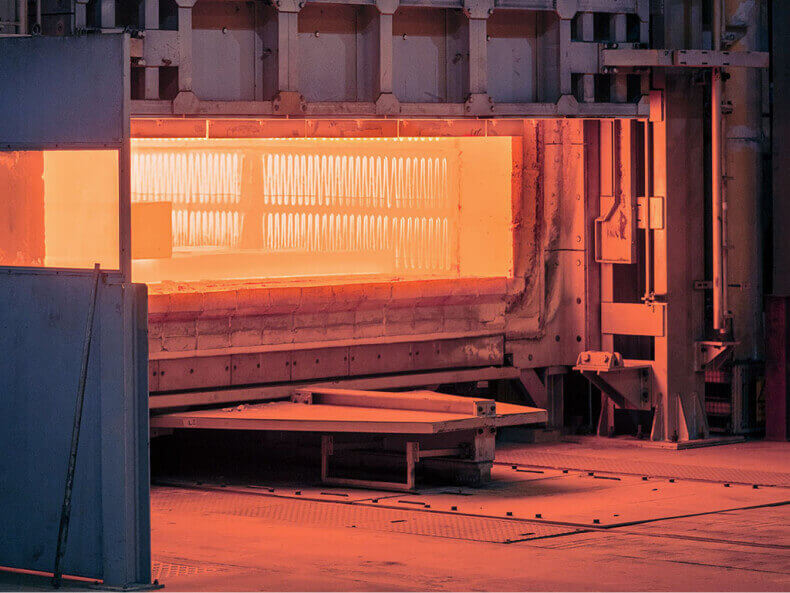
Free Quote
Free Quote

Free Quote
Free Quote
When it comes to manufacturing metal components, there are two popular methods: casting and forging. Each method has its own set of advantages and disadvantages. In this article, we will examine the pros and cons of both techniques.
When it comes to manufacturing metal components, there are two popular methods: casting and forging. Each method has its own set of advantages and disadvantages. In this article, we will examine the pros and cons of both techniques.

Advantages:
Disadvantages:
Advantages:
Disadvantages:
In conclusion, both casting and forging have their own set of strengths and weaknesses. Forging produces stronger parts, but it is limited in terms of complexity and size. Casting, on the other hand, can produce complex shapes but with lower strength. It is important to consider the requirements of the component in order to determine which method is best suited for its production.
At our company, we have a professional team with years of experience in manufacturing and recommending the best products for our clients. Contact us to find out which method is most suitable for your metal component needs.